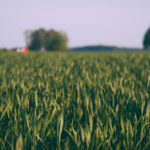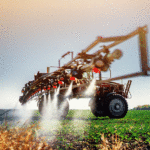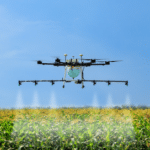
Industrial Vegetation Management Market for Pesticides: Mexico Market Analysis and Opportunities
The study is a comprehensive analysis examining the industrial vegetation management market in Mexico, providing details on important market segments. The report will focus on key trends, developments, changes, challenges, and business opportunities.



